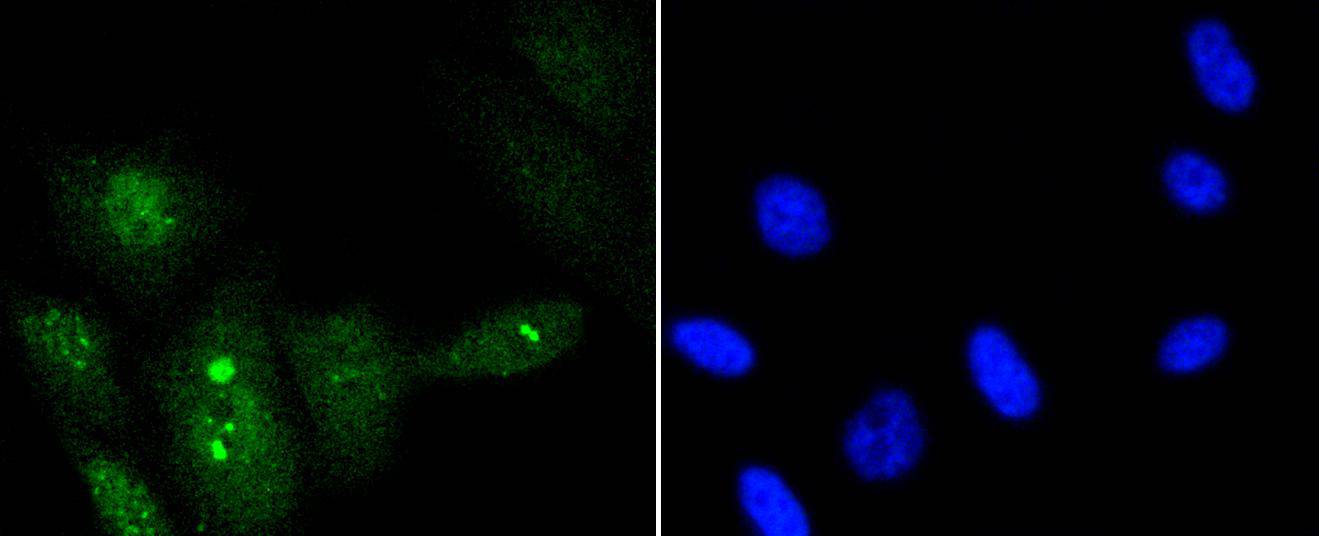Nijmegen breakage syndrome (NBS) is characterized by extreme radiation sensitivity, chromosomal instability and cancer. These phenotypes are similar to those of ataxia telangiectasia mutated (ATM) disease, where there is a deficiency in a protein kinase that is activated by DNA damage, indicating that the NBS1 (Nibrin) and ATM proteins may participate in common pathways. Nibrin is specifically phosphorylated in response to gamma-radiation, ultraviolet light and exposure to hydroxyurea. The phosphorylation of Nibrin requires catalytically active ATM. ATM physically interacts with and phosphorylates Nibrin on Serine 343 both in vitro and in vivo. Serine 343 is phosphorylated in vitro by ATM and the modification of this residue in vivo is essential for the cellular response to DNA damage. This response includes S-phase checkpoint activation, formation of the NBS1/Mrel1/Rad50 nuclear foci and rescue of hypersensitivity to ionizing radiation.


